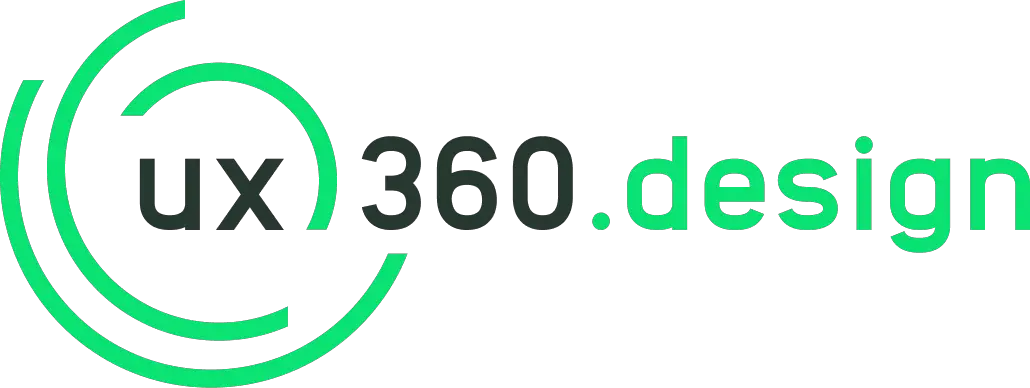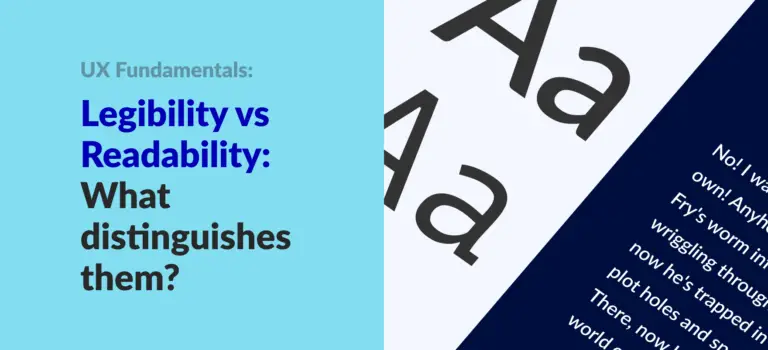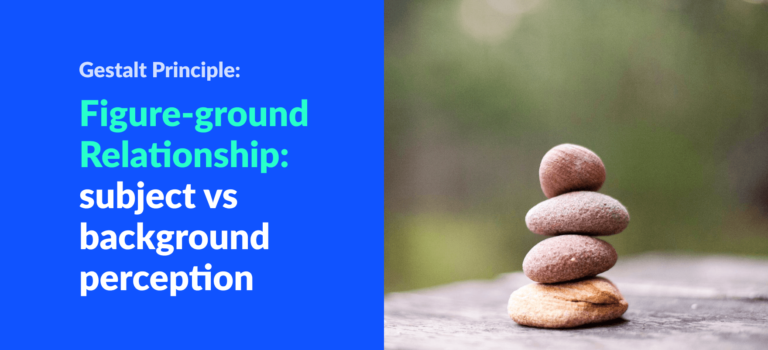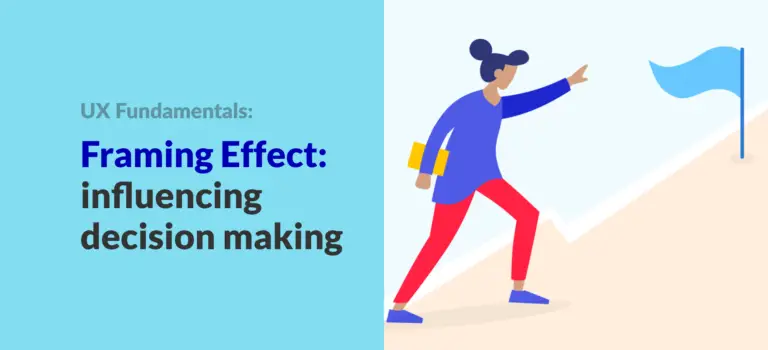Types of Cognitive Bias for UX Designers and Marketers
Cognitive Bias Definition
Bias is a relatively common term and action in the daily lives of people. Bias is generally understood as inclination or favoritism for one particular thing, person or judgments.
Before we jump into the definition, let’s divide it into two parts: cognition and bias.
Cognition simply means to think.
Bias is when people tend to favor or oppose a particular thing or person based on personal opinions and experiences.
Cognitive Bias is a thinking process where people tend to make judgments that deviate from the norm.
The same things read or seen by different people can be interpreted in completely different ways. People’s biases affect such things and thus different results are obtained.
Consciously or subconsciously, everyone has their own biases. For example, buying from a specific brand while not giving another a chance.
People believe bias is more of an opinion than anything else. But our opinions are mostly based on biases. That is the reason everybody has different opinions. Each has their own biases and thus are inclined to deduce the conclusions deemed right by such bias.
List of Cognitive Biases
Since this is an article focused on UX designers and marketers, I am only going to list down those which are most significant to the category.
Here is a quick table for the biases:
| Biases | Description |
|---|---|
| Confirmation Bias | Biased towards information that supports their previous beliefs or experiences. |
| Framing Effect | We make decisions based on whether we think the situation is advantageous to us or not. |
| Bandwagon Effect | Biased towards the beliefs and thinkings of their particular group. |
| Selection Bias | Biased selection of groups or individuals in experiments or researches. |
| Anchoring Bias | Biased towards the first piece of information that they receive. |
| Conformity Bias | We change our behavior to become part of a bigger group or a trend. |
| False-consensus Effect | People assuming or overestimating that their beliefs and knowledge are more common to the general public than they actually are. |
Confirmation Bias
Biased towards information that supports their previous beliefs or experiences.
When people get information that supports their previous beliefs or experiences, they put larger importance on this particular information. Any piece of information that says otherwise is generally taken with a grain of salt or completely ignored. This is what confirmation bias describes.
Say one has previously believed that Apple products are a pain to use. When he/she sees somebody with an Apple product facing trouble with some of its functions, he/she interprets it to be the fault of the product itself, true or not.
What if somebody believes that Apple products are not complicated to use? He would interpret the same situation completely differently. Most likely he would see it as the incompetence of the user.
If you want to know more about this effect, I suggest reading this article on Confirmation Bias: Examples & How to Avoid it.
Framing Effect
We make decisions based on whether we think the situation is advantageous to us or not.
Framing is a technique used to manipulate information by changing the way it is presented which affects peoples’ judgments. In the simplest of words how you advertise a product impacts heavily on your customers. Any framing can be categorized into positive framing or negative framing.
The most common example of this bias in use is how news articles are headlined. Capturing attention is done from headlines so they frame it as “300 die in a plane crash”. They won’t put the title as “5 survive the plane crash” because deaths of people are more likely to bring in readers.
If you want to know more about this effect, I suggest reading this article on how the framing effect is used in marketing and product design.
Bandwagon Effect
Biased towards the beliefs and thinkings of their particular group.
This bias is related to us being social creatures and having the desire to fit in with groups of people. People will believe things that they opposed when enough of their peers tell them otherwise. This is the bandwagon effect.
Also related to groupthink and herd psychology.
A very common effect nowadays considering how much information is spread through the net. Cases where people on the internet bandwagon onto a hate train against others because most people think so are not rare. Without proper proof as well which is bound to not go very well.
If you want to know more about this effect, I suggest reading this article on The Bandwagon Effect: Why is it Bad & How to avoid it.
Selection Bias
Biased selection of groups or individuals in experiments or researches.
This bias is related to experimenters or researchers when they select their participants. It is the bias where the selection of a group has little to no diversity or the target audience of the experiment is not involved. Instead of using this bias as a promoting tool, it is generally used to avoid such conditions which lead to errors.
Consider a disease vaccine that needs testing. What if your participants are not randomized and instead affected by the bias towards young individuals. Only young individuals are involved in the experiment. It will be hard to determine whether the vaccine worked or their immune system was strong enough to defeat the disease.
The main problem comes if the vaccine is made available to the public because of this experiment. People with weak immune systems and old people may suffer as a result.
If you want to know more about this effect, I suggest reading this article on Selection Bias: Its Types & How to Avoid it [With Infographic].
Anchoring Bias
Biased towards the first piece of information that they receive.
People find it helpful when a piece of information or a starting point is provided for something they are working on or starting new. When people rely too much on this information it becomes a focal point or an anchor for their work.
People are likely to favor this anchor more than anything. This bias is called anchoring bias.
This is why most websites try to explain their purpose using the first sentence on their hero banner. This makes the user understand a business or blog by just reading a single sentence. And most of the time this is what users will have anchored in their minds.
Let’s take a game tutorial as an example. When tutorials make us use a tool or a character because it’s a lot simpler than others, we tend to use the character or tool extensively. Even though there might be better options. Only after a good bit of experience, we decide on our own.
The bias can also be attained by not only the starting point like tutorials from games but information from friends or the internet. One can be influenced by these factors and try to use tools suggested to us instead of finding for ourselves.
If you want to know more about this effect, I suggest reading this article on Anchoring Bias: How it affects us & Why is it Important.
Conformity Bias
We change our behavior to become part of a bigger group or a trend.
Conformity is a social phenomenon where we change our behavior to become part of a bigger group or a trend. We change our behavior to be more like others.
Unlike bandwagon bias, we agree to do what our groups or peers do. Like going to see a romantic movie even though you are not really into that genre.
We have a fear of being too different from others, so we try to fit in.
If you want to read more on this, I would suggest you read the article on how marketers use conformity and social influence to their advantage.
False-consensus Effect
People assuming or overestimating that their beliefs and knowledge are more common to the general public than they actually are.
This effect is also known as consensus bias.
Let’s assume we were born in a rich family. We only met the rich and only interacted with the rich. The chances of us assuming all people are rich would likely be high. Why is this? This is because we have a false consensus of people’s overall condition. This is the consensus bias in effect.
People involved in a certain profession may believe that the skills they have developed are imbued into everyone. They would say something like “It’s pretty easy” but it’s not.
While designing, it is easy to have a false consensus and think that our designs are the best solution. So, we must avoid this bias in our own practices as a professional.
If you want to read more on this, I would suggest you read the article on False-Consensus Effect: Why & How should it be Avoided?
Takeaway
These are the 7 types of biases every UX designers and marketers should know about. Some of these biases can be used in our advantage to boost sales and optimize products. However, some biases like false consensus are to be avoided by us to optimize our workflow.





